25 Travel Photography Tips for Your Adventures

25 Travel Photography Tips
The following travel photography tips will be especially useful for all beginners in this sphere. Learn what aspects you need to pay attention to if you want to travel and shoot at the same time.
1. Travel Light
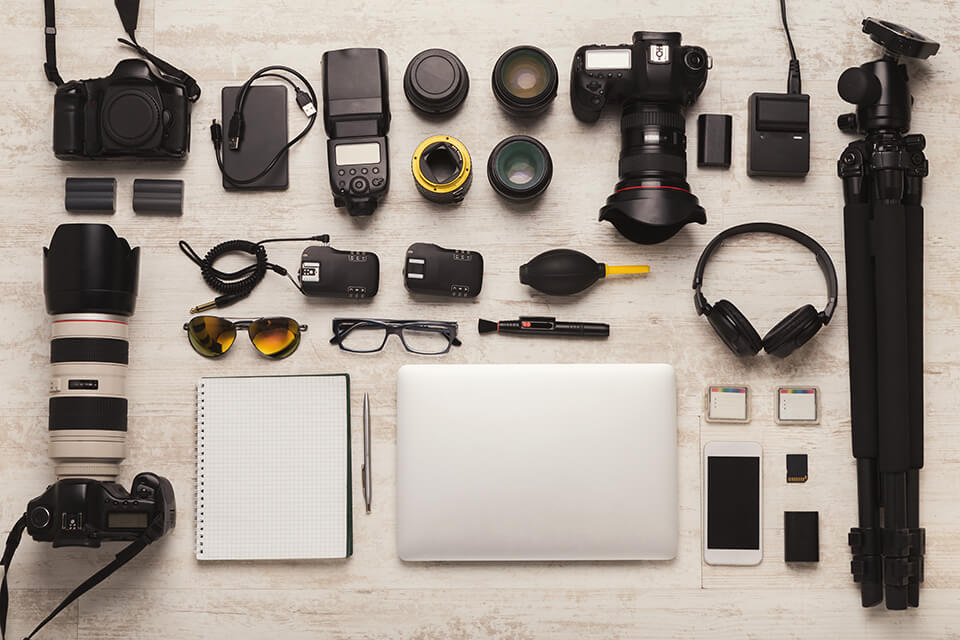
You can’t go on a trip to shoot if you don’t prepare the necessary equipment. The keyword here is “necessary” since there is no need to take everything you have in your camera bag. Otherwise, you will end up carrying heavy bags during the entire trip.
For traveling photography, it will be enough to pack a camera (you can take two bodies if there is space left), a lightweight mini tripod, several memory cards, a compact storage device, lenses and a flash. Don’t forget about a camera backpack with an even distribution of weight across the shoulders and with the protection against weather risks.
- Camera Nikon Z6 (Excellent model for quality travel shots).
- Nikon AF-S FX NIKKOR 28-300mm f/3.5-5.6G ED Vibration Reduction (Universal lens for Nikon cameras).
- Nikon AF-S DX NIKKOR 18-140mm f/3.5-5.6G ED Vibration Reduction (A lens capable of photographing wide-angle (18 mm) and telephoto (140 mm)).
- Gitzo Lightweight Traveler Series 1 Carbon Fiber Tripod (Lightweight and versatile tripod for camera stabilization).
- Domke F-2 original shoulder bag (Bag for your camera and all accessories).
- Photoolex M500 Flash Speedlite Compatible (Artificial light source aimed at producing short-term but highly intense flash lighting).
- SanDisk 128GB (Memory card for a camera).
2. Do Pre-Trip Location Scouting
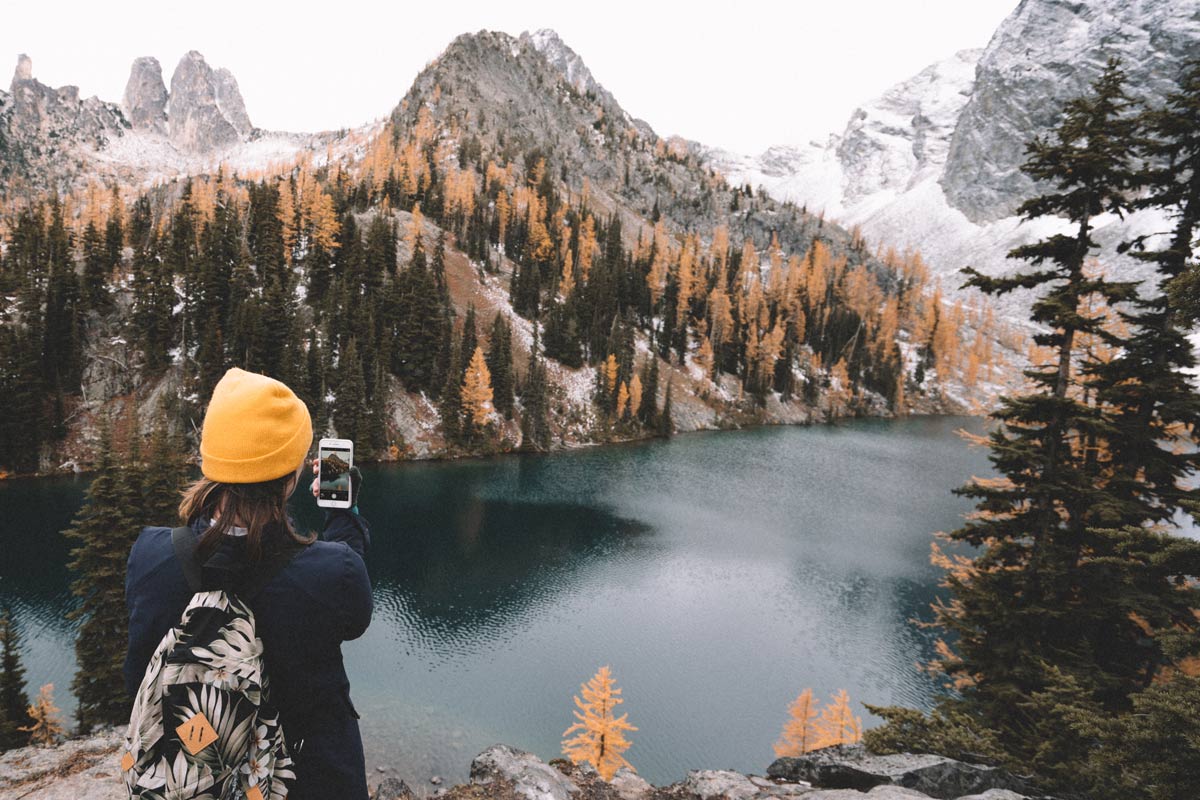
If you plan on shooting at a certain place, learn about this destination in more detail. Discover which cities are worth visiting, are there any sights of interest in the surroundings, when exactly they aren’t crowded, etc. Finding out about customs, traditions and rules of the place will also help you. Spend some time on the research beforehand so when you are there, you will be fully concentrated on the process of taking travelling photo frames.
- To navigate in unknown locations, I recommend to download Guides by Lonely Planet App.
3. Prefer JPG
Shoot in JPG not in RAW. Do it and you will be able to easily fix any problems with exposure or white balance at the image post-production stage. But be prepared to take several capacious memory cards on a trip. For instance, if you typically bring two cards, now you will need four of them.
- Read more about the differences between JPG and PNG.
Besides, I suggest transferring the shots to a laptop or storage device when you are back from the photoshoot. In this way, memory cards will be free the next day.
4. Take Care of Your Safety
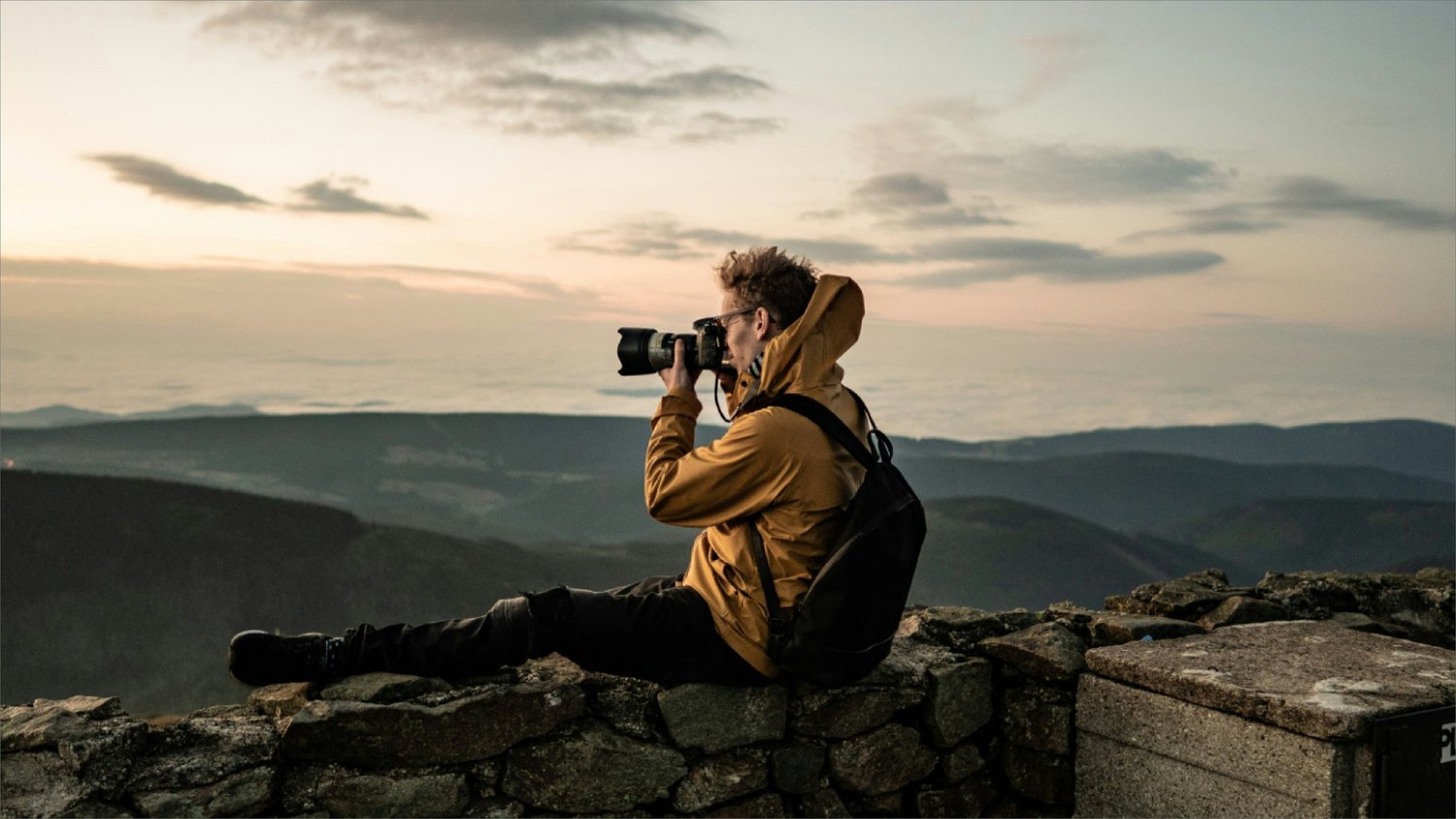
Even though peace prevails in most parts of the world and people there behave adequately, you never know what might happen. So it is better to be safe than sorry and explore the location where you are planning to travel, paying special attention to risky places which shouldn’t be visited without companions.
When booking a hotel, pick the one located closer to the center. Find out about traditions, races and mentality of locals in order not to get into an unpleasant situation.
Think about travel photography insurance for you and your gear, specifying the terms and what is included in the insurance. Also, it won’t hurt to have a small sum of local money, in a pocket of your jeans or a backpack. Store the rest of the money in the place which is harder to reach.
5. Go on Tours for Photographers

If you find it difficult to deal with the trip planning all by yourself, there exist special tours for photographers. It is a wonderful opportunity not just to visit new places but gain new knowledge and experience in the photography sphere.
Moreover, you don’t have to look for a place to stay or a location for a travel photoshoot, everything will be already taken care of by the service. A professional guide will be accompanying you all the way, providing help any time you need. Here is a decent Tourradar service, with a large selection of tours and excellent facilities for photographers.
6. Wake Up Early, Stay Out Late
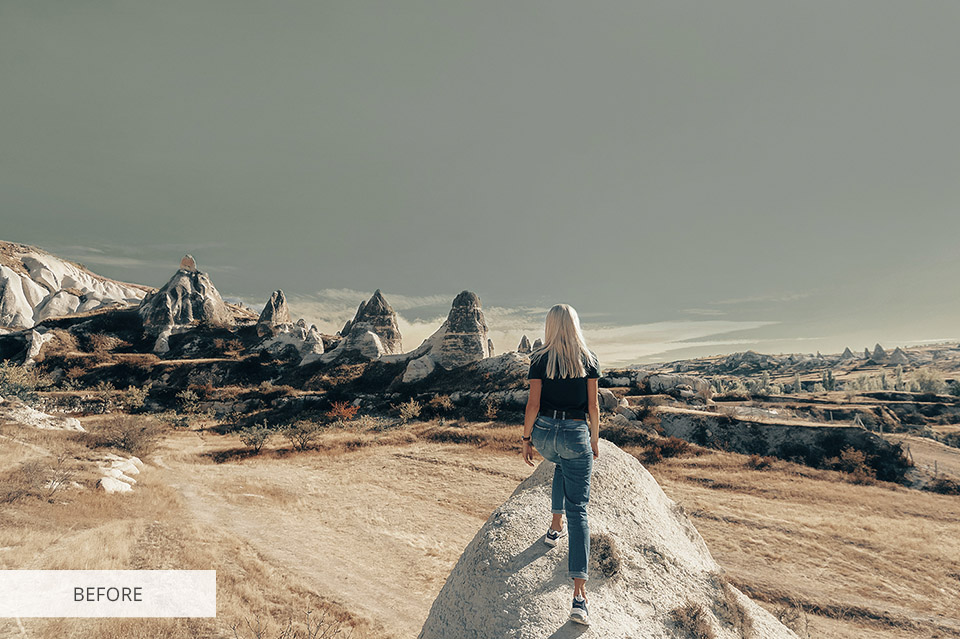
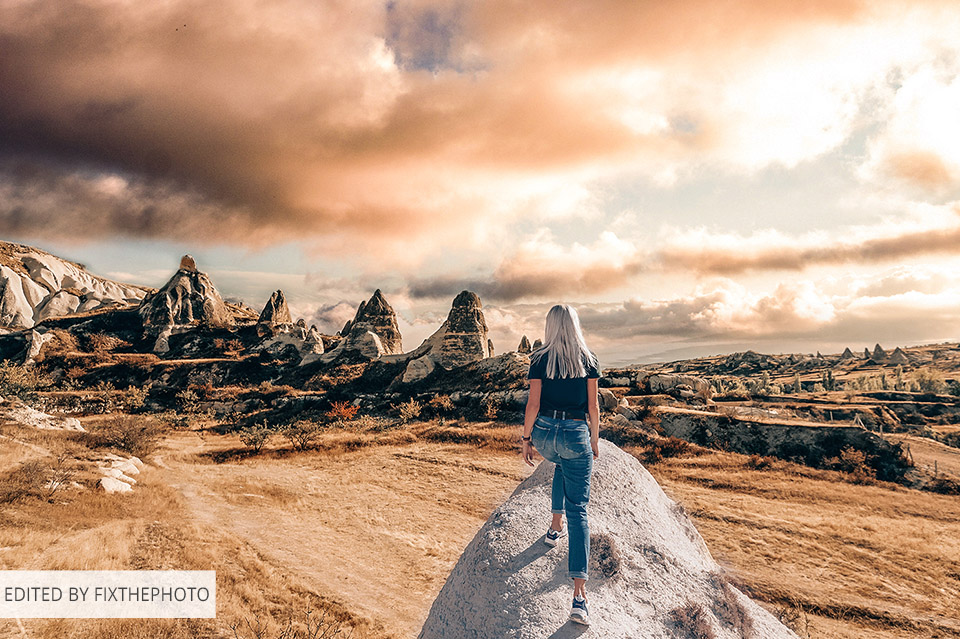
One of the most important travel photography tips is to pick time with proper light for shooting. I suggest taking pictures at sunset or sunrise when the light is warm and soft.
“The blue hour” (an hour before sunrise or after sunset, with blue skies and turned on city lights) will also look stunning in shots. Therefore, you shouldn’t sleep till noon but be an early bird, shoot and explore the places in the morning or later in the evening.
In this way, you will avoid crowds of tourists and other shooters. In the afternoon, you can come back to your place, have some rest, while the light isn’t suitable for shooting, to be full of energy for your evening shoots. TripAdvisor App will help you with the trip planning.
7. Do Not Experiment with Timelapse

If one of your travel photography ideas is about shooting a time-lapse, you should think twice. It will be totally okay if you set the camera in a remote location and know for a fact that nothing will happen. But if you are unfamiliar with the location or it is often full of tourists, don’t take risks. Otherwise, you may say goodbye to your favorite gear.
8. Check the Weather

When you are planning a travel and photography trip, don’t forget to check the weather forecast for the days you will be staying there. Pack clothes, gear and accessories according to the forecast. In case it is going to be cold and rainy, photography gloves is a must to take.
They will protect your hands from freezing while you are shooting. A raincoat or weather-resistant clothes will come in handy as well. In case the weather is warm and even hot, pack loose clothes that give your body ability to breeze.
The main aspect you need to take into consideration when packing clothes for a trip is convenience since you will be moving a lot.
9. Think About Protecting Your Camera
Once you have thought about your own protection against weather risks, it is time to consider camera protection.
For rainy and snowy weather, you will have to store all your gear in a water-resistant bag. Besides, it will be great if you get a water-resistant protective filter for the camera as well.
If the weather is sunny, I suggest buying ultraviolet protective filters for lenses to ensure the camera’s stable operation. Also, a lens hood reduces the chances of undesired glare appearing in the frame.
10. Choose Right Lenses
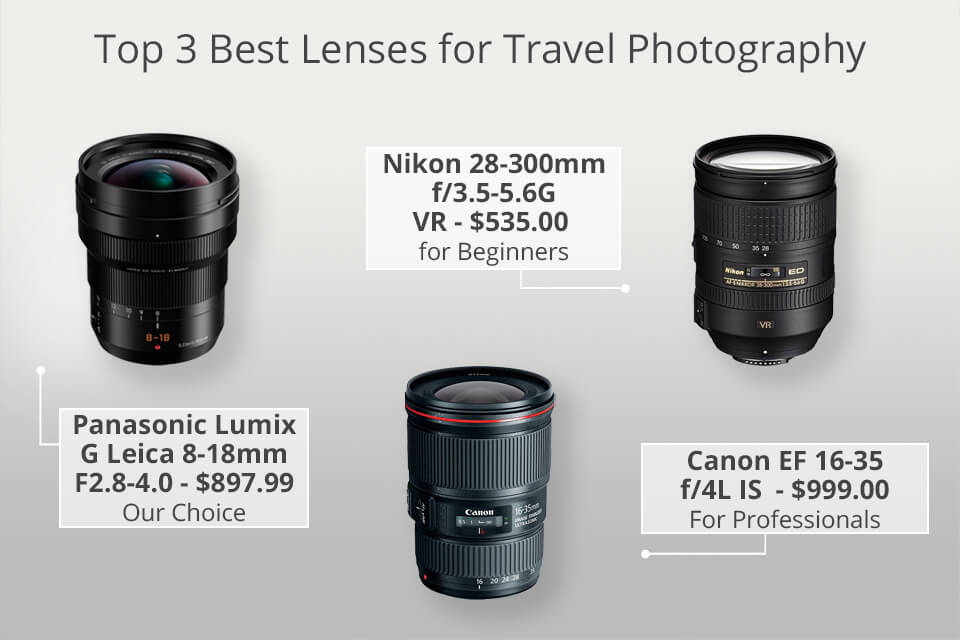
You aren’t limited in photography travel which means that you can bring any lenses you want. In case you are on a tight budget, one top-notch lens with fast zoom in the range of 18-200 mm or 28-300 mm will be enough.
In case you can afford to purchase multiple lenses, feel free to bring one of each kind with you on a trip. The most optimal variants are a wide-angle lens (e.g. 10-24 mm), a portrait lens (e.g. 50 mm or 85 mm) and a telephoto one (e.g. 70-200 mm).
- Read more about the best micro four thirds lenses.
11. Camera’s Price Doesn’t Matter
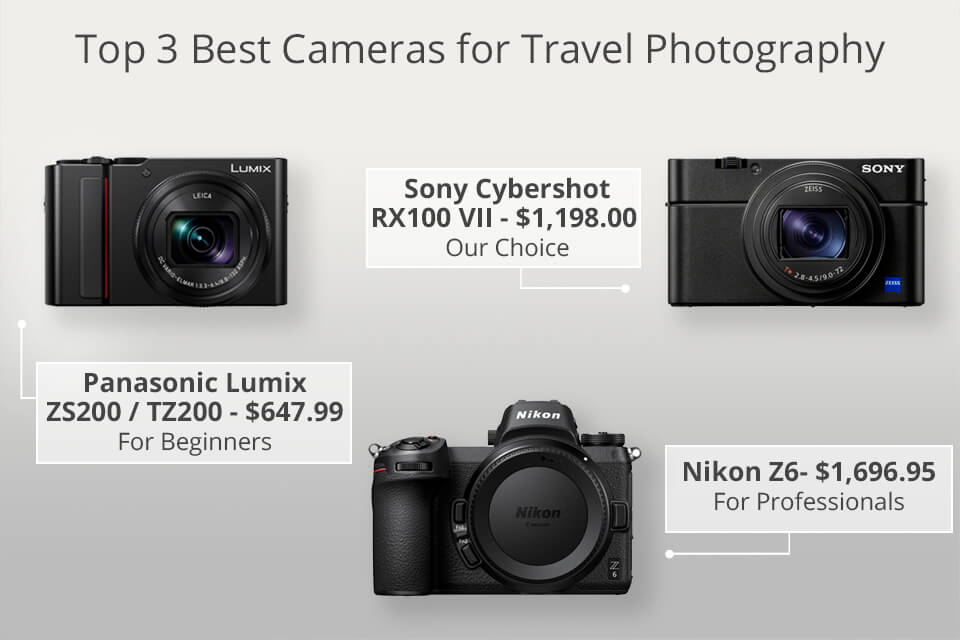
Many photographers say that the best camera for travelers is the one that you have at hand. It means that there is no need to invest in a $3000 camera just for traveling purposes. What really matters is your skill level, creativity, and the ability to adjust camera settings. All of that can’t be bought. In case you are still not sure whether to prefer the best instant cameras, DLSRs or mirrorless devices, here are my go-to options for shooting while traveling.
- If you haven’t found a suitable model on this list, I recommend you these travel cameras.
12. Take a Lightweight Tripod

Any travel photographer will tell you that a tripod is a must for shooting in this genre. With the help of a tripod, you can photograph at the slow shutter speed and don’t worry about the camera shake. Moreover, you won’t need to raise ISO, while sticking to low aperture values.
In general, a tripod grants you an opportunity to manage the manual camera settings and achieve sharp landscapes, decent low-light shots, qualitative pictures of running water, sunsets and sunrises, self-portraits and more.
I wouldn’t recommend packing a bulky tripod. Instead, opt for a compact one that doesn’t cause any inconveniences during traveling, doesn’t occupy much space, but simplifies the shooting process. Get acquainted with the best travel tripods and pick the model for your needs.
13. Photographing Strangers

An example of the best travel photography is a portrait of a stranger. Such a shot will perfectly reflect the culture of a certain nation.
If you decide to take someone’s portrait, remember to be polite and ask for his/her permission first. In most cases, people will be happy to do that.
But it isn’t enough to just ask, you need to greet a person, talk to him/her for several minutes and explain what you want. In this way, you will be treating the person with respect.
Be prepared for someone to refuse to pose for a portrait or even ask for money. Such a situation may happen and you should understand that it is totally fine. In this case, remain calm, say thank you and look for another model.
14. Photographing Monuments and Other Buildings

If you plan to photograph monuments or buildings, you should come up with a way how to show them in all their glory, with all the charming details visible in a shot. Examine the sight from each side, think what time of the day and weather will perfectly complement the atmosphere of a building or a monument.
The lighting and properly chosen angle also affect the final shot and the idea, so keep these aspects in mind as well.
15. Travel Sights

Landscape photography is so diverse – you may shoot mountains, water bodies, valleys, forests, deserts and even more. As each picturesque location has its own peculiar features, you need to reflect its beauty from a unique perspective.
Think of the elements or details that make this location so eye-catching and try to capture them on camera. The best travel photographers advise to “feel” the location and convey the emotion it evokes in the shots.
- Check out the best landscape photographers.
16. Photographing Cities and Towns

As with landscapes, cities also have their own interesting characteristics: architecture, streets, sights, etc. There is always at least one feature that makes that city different from the rest. When doing urban photography, it is necessary to catch the city’s vibe (a wide-angle shot with the setting), peculiar or popular sights of a city, skylines or views, which complement the city’s elements, and the life of its residents.
Before you start shooting, go around the city, examine the sights you plan to capture and everything that surrounds them.
17. Stay Creative

Traveling photography is one of the best ways to demonstrate your creative vision. A truly stunning shot often requires daring experiments. Try photographing from below with a fisheye or a wide-angle lens, get to the high point and photograph from above.
You can place the camera on a tripod, set low shutter speeds and take a picture of a location at sunrise or sunset, with gorgeous light and ghostlike movements of tourists passing by.
18. Visit Popular Travel Places Early in the Morning
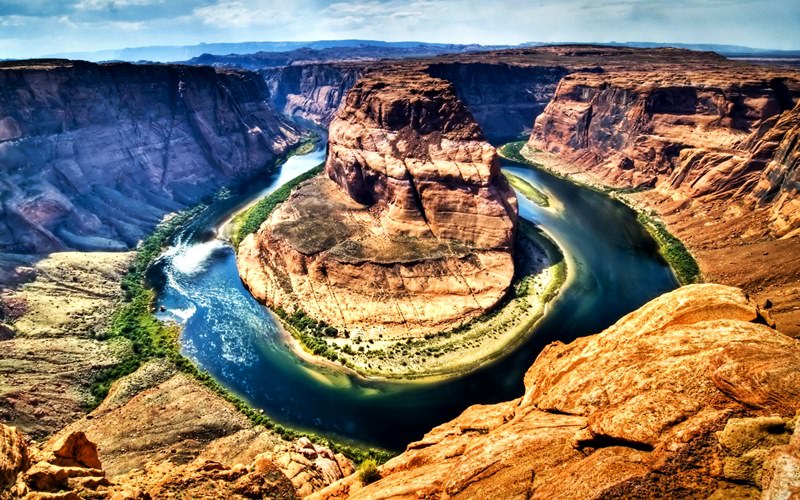
In case you can’t choose a place for your future travel and photography trip, the following list of the most picturesque locations will come in handy. Each place on this list is worth visiting.
All of them are sure to impress you with the unique sights, special charm and unparalleled atmosphere. If you have never traveled with the aim to photograph, start from one of these places:
- Grand Canyon
- Yellowstone National Park
- New York City
- Yosemite National Park
- San Francisco
- Banff
- Paris
- London
- Machu Picchu
- Amsterdam
19. Don't Stop Learning
As you know, there is no limit to perfection. Don’t stop if you think that you have already reached a certain level of shooting. Visit travel photography courses or just experiment with photography on your own. In the process of learning new things, you deepen your knowledge, broaden your horizons and become one step closer to mastering the craft.
Play around with camera settings and angles that you haven’t tried before. As a result, you will gain more experience and a new perspective on the genre you are usually shooting in.
20. Use the Rule of Thirds
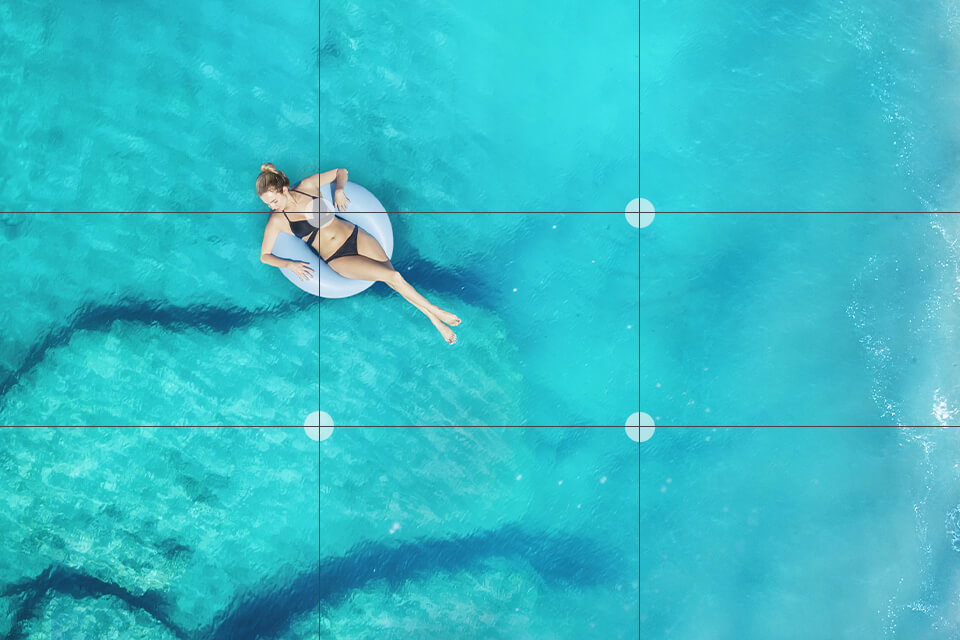
I am sure you have heard about the “Rule of Thirds in Photography”. With the help of this technique, photographers achieve balance in their compositions.
According to the rule, you need to divide the frame by three vertical and horizontal lines in your head. In this way, you will get 9 equal rectangles. Your task is to locate the key elements of the shot in these sections and compose the entire frame with harmony in mind.
To apply this rule, enable the “grid” function in the camera settings. It will demonstrate the grid of the “rule of thirds” straight on the camera screen.
21. Experiment with Composition

One of the most important travel photography tips is not to concentrate solely on the rules of shooting. Experiment with composition, capture it from different perspectives, locating it in the center, on top, left, right, etc.
Notice how the composition changes as you alter the perspective. Photographing from different distances is also a great idea. Begin with a wide, then a medium picture, coming closer with each shot.
Try incorporating significant details of background, mid-ground and foreground into your travel photographs. For instance, when shooting a mountain range, bring a certain element, like a river, animal or flower, to the foreground. In this way, you will add more dimension to the composition and reflect the scale, thus making the viewer examine the entire shot.
22. Always Shoot in Manual Mode

Camera’s auto mode copes with its task well but still won’t help you get truly attention-grabbing and quality shots. Getting a hang of all the camera settings and the way to adjust them is a must. If you understand how to adapt aperture, shutter speed, ISO, etc. to a certain scene and do it properly, decent shots are guaranteed.
23. Always Keep the Camera with You
When the fortune smiles upon you during shooting, such an opportunity shouldn’t be missed. Therefore, one of the most helpful travel photography tips for beginners is have the camera and other gear always at hand:
- Additional batteries
- Extra memory cards
- Extra power cords
- External hard drive
- Convenient bag or case for carrying all the items
A thorough preparation eliminates chances of facing an unpredictable situation and missing a beautiful shot.
24. Get Lost on Purpose

In case you have already been to all the desired sights during the trip but feel like it isn’t enough, I recommend getting off the beaten track and wandering around. Just go for a walk without any destination in mind, without following a specific route.
On your way, don’t forget to ask locals if some of the surrounding places may pose danger. The hotel’s business card should be on you all the time to catch a taxi and get back to the place safely. Don’t be afraid to explore the unknown and you will be rewarded with truly unique shots that look like no one else’s.
25. Find Inspiration from Experts
Steve McCurry is one of the most renowned travel photographers of our time. His iconic photograph of the "Afghan Girl" with piercing green eyes became an emblem of National Geographic magazine. McCurry's work has taken him to remote corners of the world, capturing the essence of diverse cultures and landscapes.
His ability to evoke emotion through his images is unparalleled. McCurry's portfolio spans continents, from the crowded streets of India to the ancient temples of Cambodia, showcasing his keen eye for storytelling and composition.
Jimmy Nelson is celebrated for his compelling portraits of indigenous communities and vanishing cultures. His project "Before They Pass Away" documents tribes on the brink of extinction, providing a glimpse into their unique way of life. Nelson's images are characterized by their breathtaking beauty and meticulous attention to detail.
He immerses himself in the communities he photographs, fostering deep connections and trust, resulting in intimate portraits that reflect the pride and resilience of these marginalized groups.
Ami Vitale is an award-winning photojournalist and conservationist who combines her passion for travel with environmental and humanitarian causes. Her work focuses on the intricate relationship between people, animals, and the environment. Vitale's photographs tell stories of resilience, hope, and the power of nature.
From documenting the last northern white rhinos in Kenya to capturing the plight of panda conservation in China, her images highlight the urgency of protecting our planet's biodiversity.
Freebies for Travel Photography
Once the trip is over, you will need to edit photos from your travel photoshoot. That’s when our freebies will come in handy.
Cinematic
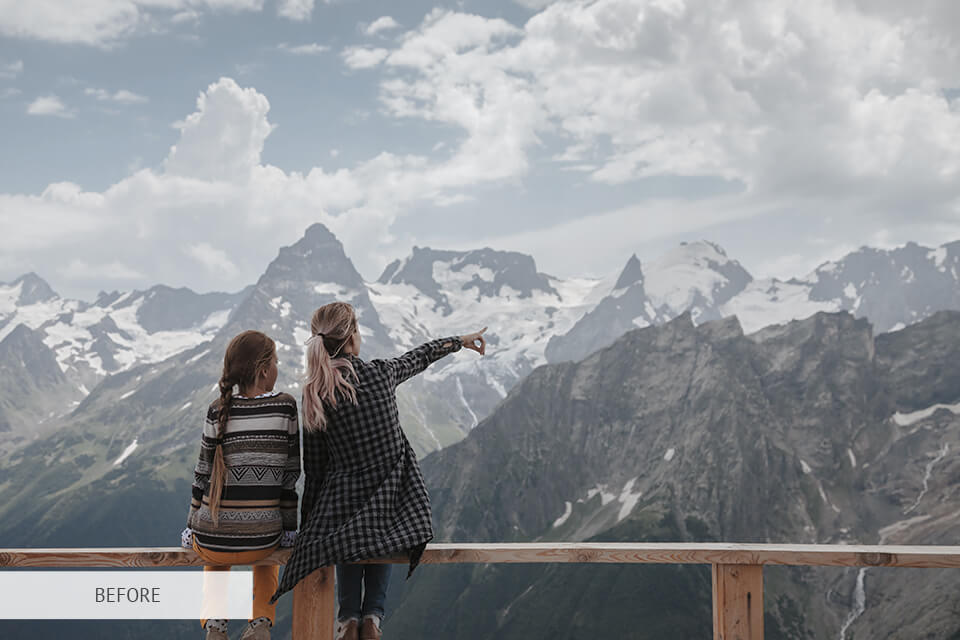
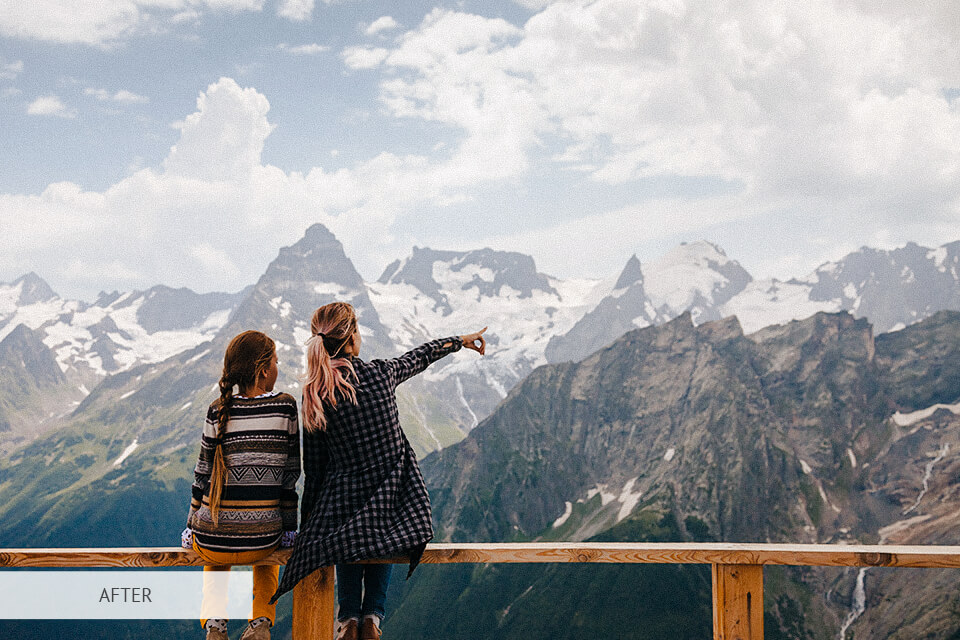
The presets increase the vibrancy of colors in images while adding a vintage vibe. I suggest applying them to city shots taken at night or featuring wide streets.
Majestic Landscape
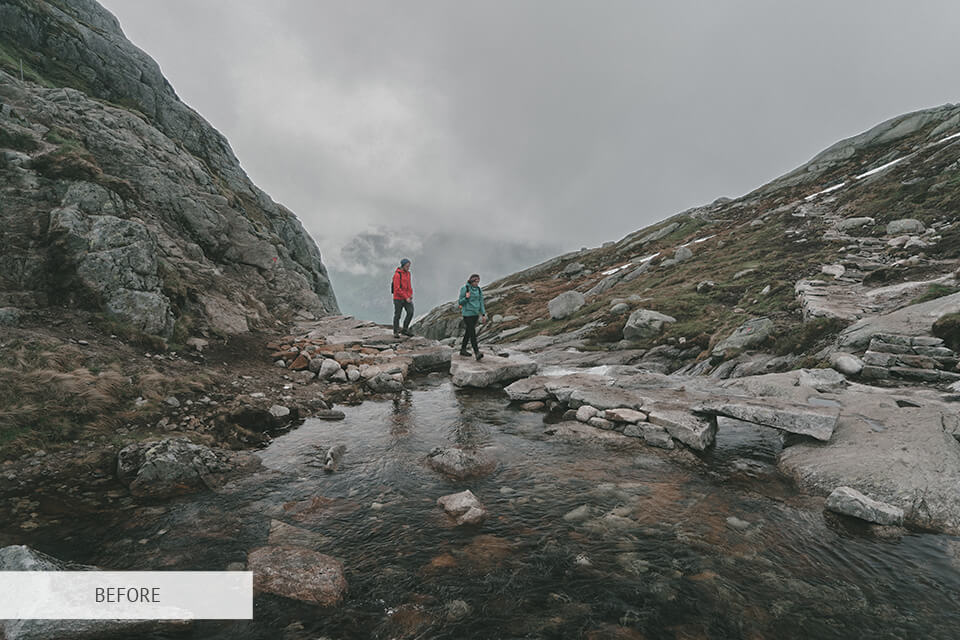
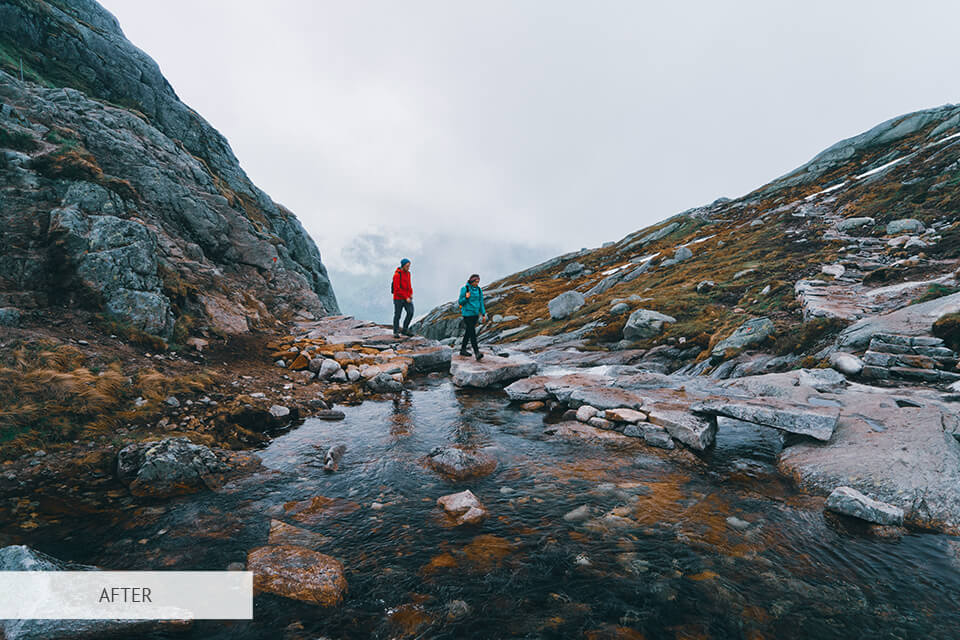
These freebies are absolutely indispensable for enhancing travel, nature and landscape shots quickly and effortlessly. Clear white balance is its main purpose.
Grand Landscape
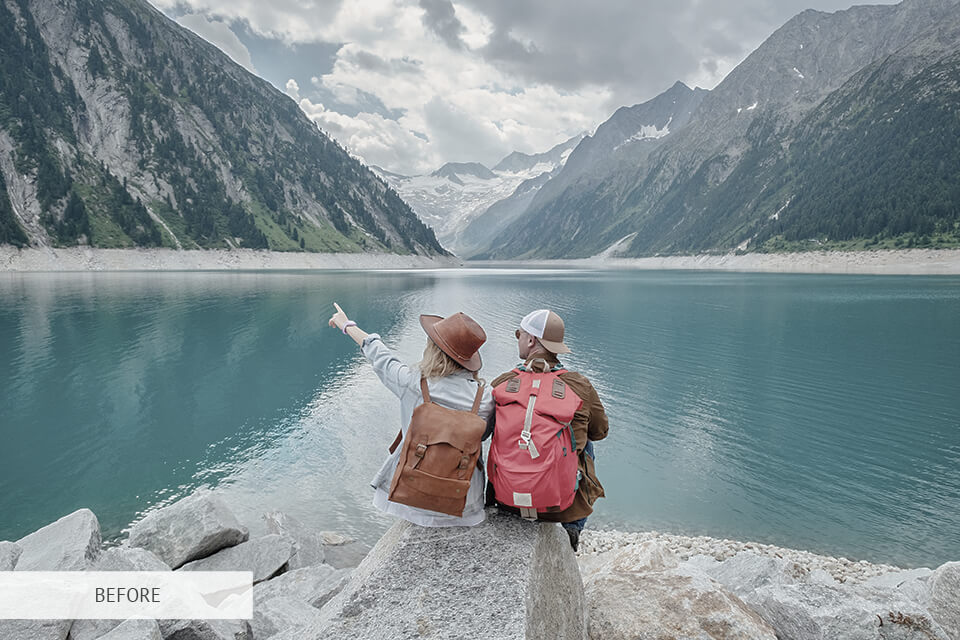
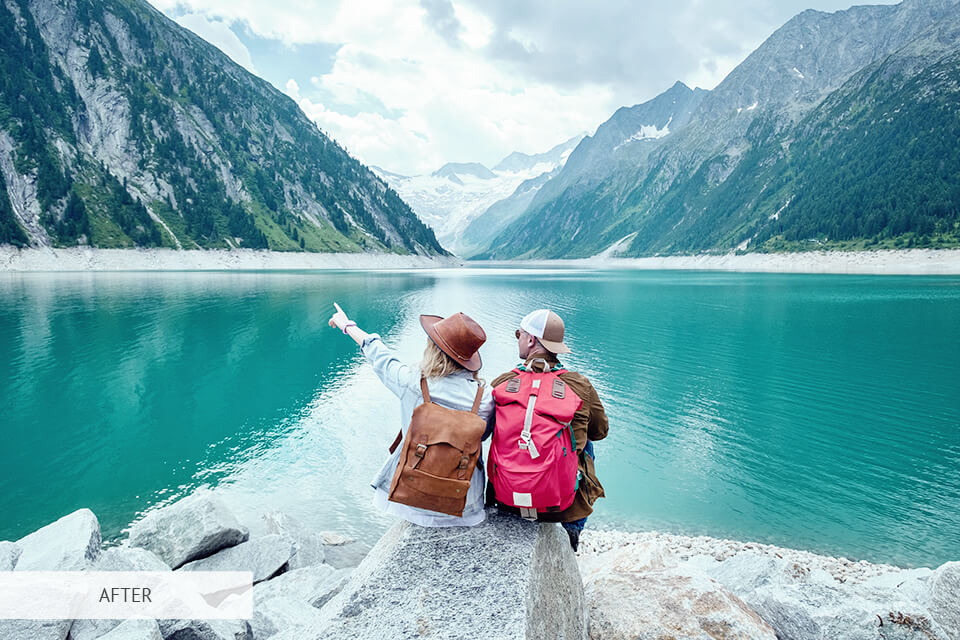
With these effective Ps actions, turning landscape pictures into true masterpieces won’t be a problem. Highly recommended for the photos with water background.
Realistic Rain
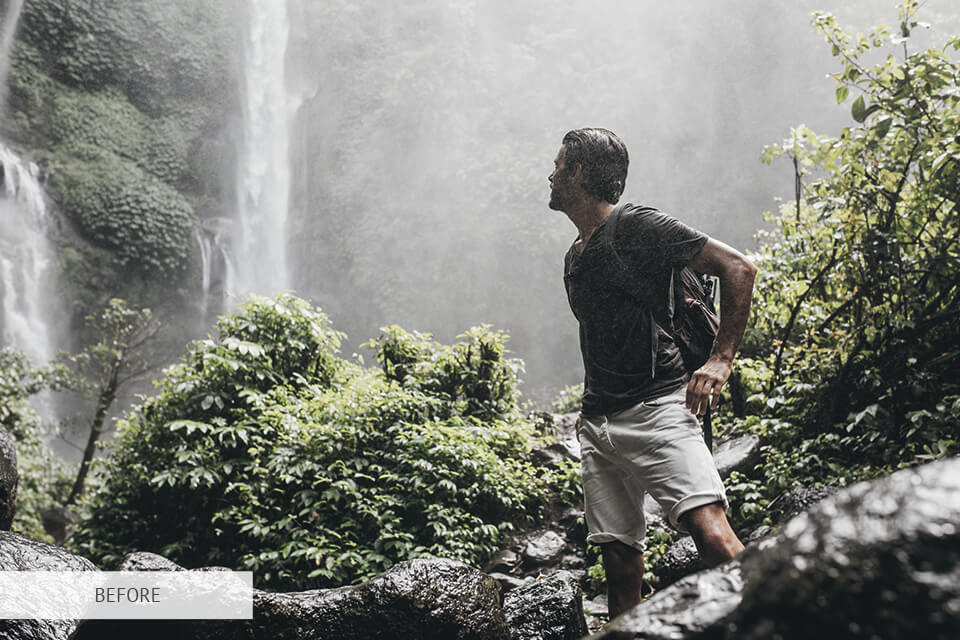
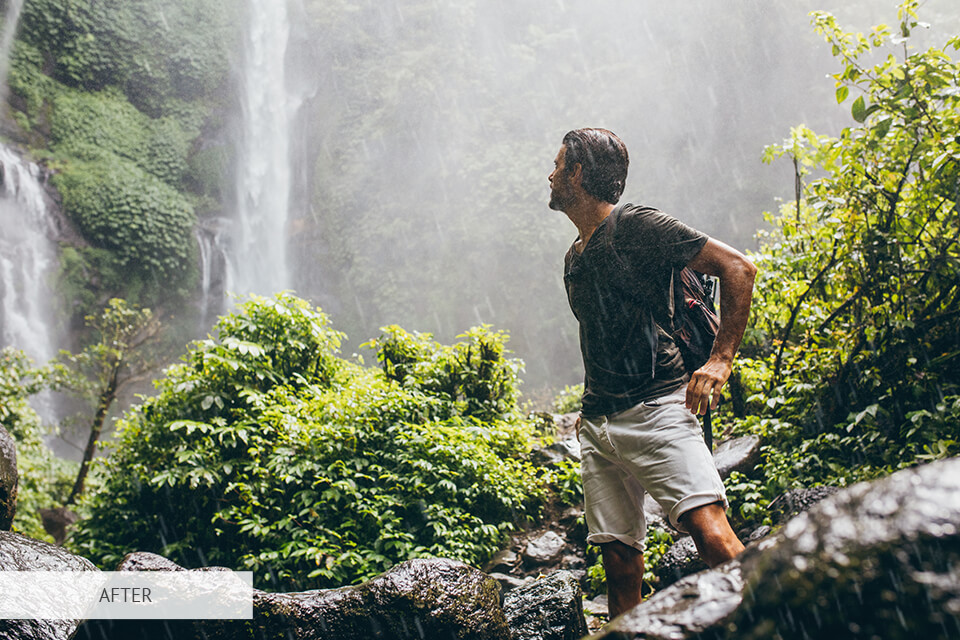
This overlay is perfectly suitable for classical shots where the rain is just starting. After you apply it, small raindrops will be distributed all over the shot.
Lightning
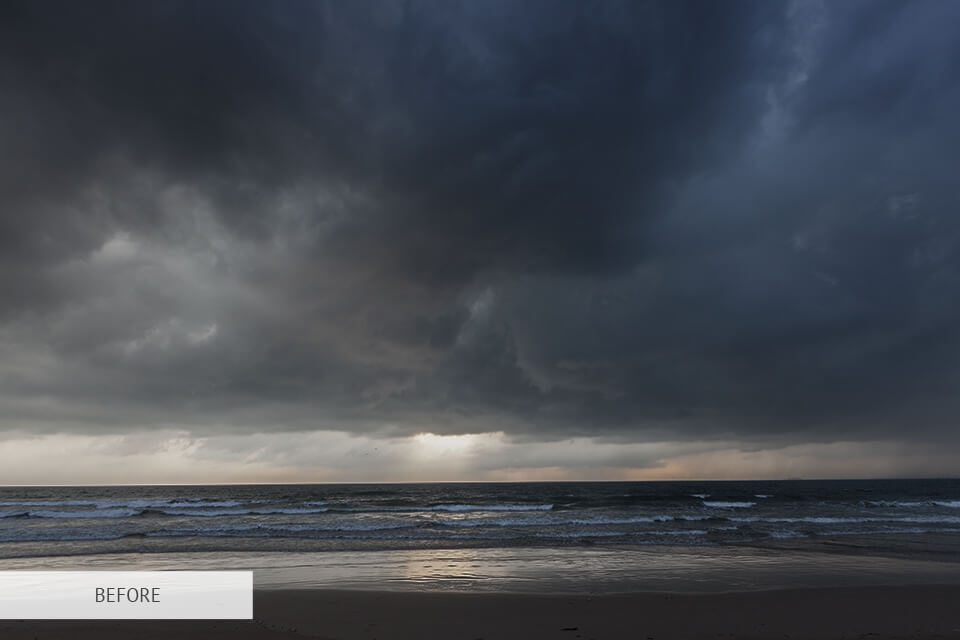
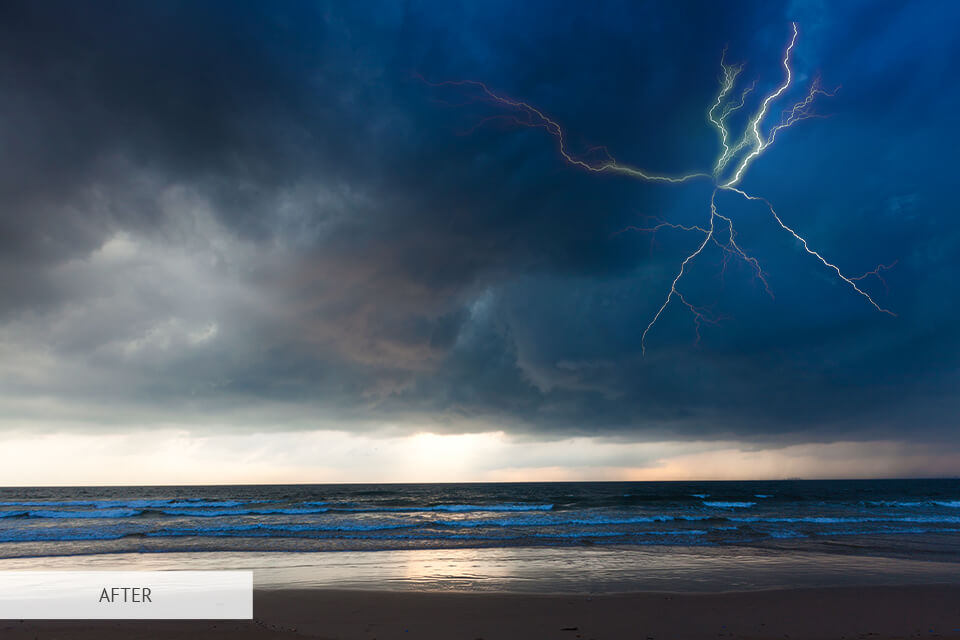
Add a gloomy atmosphere to your travel shots with this overlay. It is an ideal option for adventure photographs where light colors prevail.



